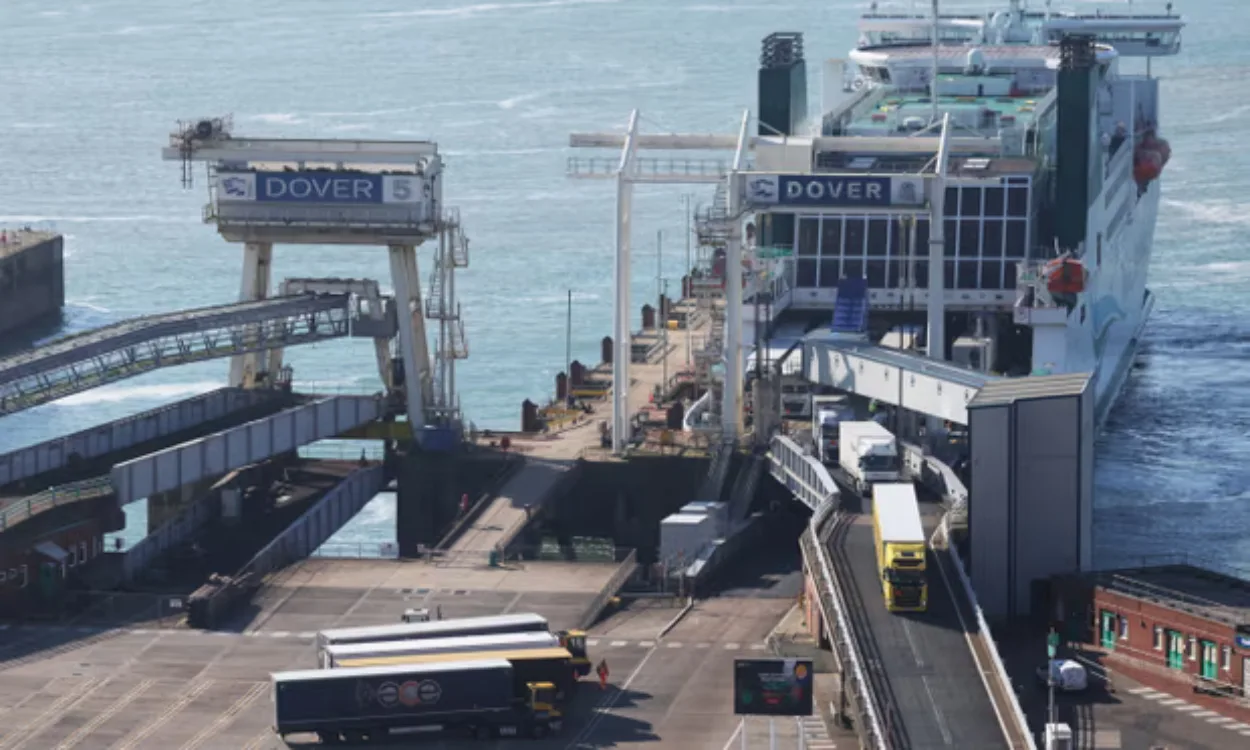London (Parliament Politics Magzine) – UK’s Single Trade Window, aimed at simplifying post-Brexit trade, paused due to cost concerns.
The Single Trade Window (STW) was designed as a key component of the UK’s post-Brexit border strategy. Its goal was to streamline trade by creating a single digital platform where importers and exporters could upload all necessary documentation for goods before transport. The scheme aimed to reduce duplication and time-consuming processes, simplifying the import and export system for businesses dealing with multiple departments and agencies.
Why has the STW been delayed?
The launch of the STW has been delayed multiple times due to financial concerns and development challenges. Initially set to launch in late 2024, the scheme was pushed back to January 2025 but will now be paused until at least 2026. The National Audit Office (NAO) cited major challenges and overly optimistic timelines in the scheme’s development. The government also acknowledged the complexity of the project, and there are concerns that delays could lead to a reduction in the expected benefits of £866m over ten years.
What are the government’s concerns regarding the implementation of STW?
The government has expressed concerns about the costs of implementing the STW, especially in light of broader financial challenges. James Murray, the exchequer secretary to the Treasury, confirmed the pause in the scheme’s rollout. The government intends to reassess the role of the STW in the coming year, with an update expected during the spring spending review.
How has the delay affected the broader post-Brexit border strategy?
The delay of the STW is part of a broader trend of postponed border measures. The government had already delayed checks on fruit and vegetables coming into the UK and postponed the introduction of safety and security declaration forms for imports. The STW’s pause further delays the simplification of the border process, which was expected to play a central role in reducing friction and improving the efficiency of UK trade post-Brexit.
What are the potential next steps for the stw?
Despite the pause, HM Revenue and Customs (HMRC) has indicated that work on the foundational elements of the STW continues. HMRC will engage with traders and software developers to assess how best to use the digital tools already developed. The government aims to ensure that the digital solutions in development can better support the UK’s border priorities and improve the trader experience in future.
How have industry representatives responded to the delay?
Industry representatives, including Marco Forgione, director general of the Chartered Institute of Export & International Trade, have called for greater collaboration between the government and businesses. He suggested that the pause in the STW rollout could serve as an opportunity for the government to work more closely with the industry to ensure that the right digital solutions are provided, aligning with business needs and priorities.


